APPENDIX—WATER-QUALITY DATA FROM THE LONG ISLAND-NEW JERSEY COASTAL DRAINAGES IN A NATIONAL CONTEXT
For a complete view of Allegheny and Monongahela River Basins data and for additional information about specific benchmarks used, visit our Webb site at http://water.usgs.gov/nawqa/. Also visit the NAWQA Data Werehouse for acces to NAWQA data sets at http://infotrek.er.usgs.gov/wdbctx/nawqa/nawqa.home.
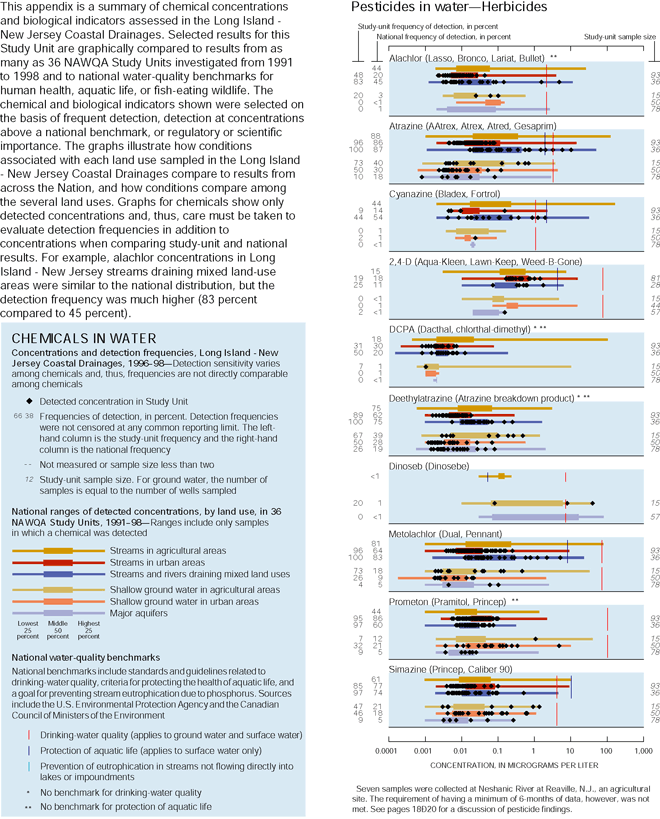 |
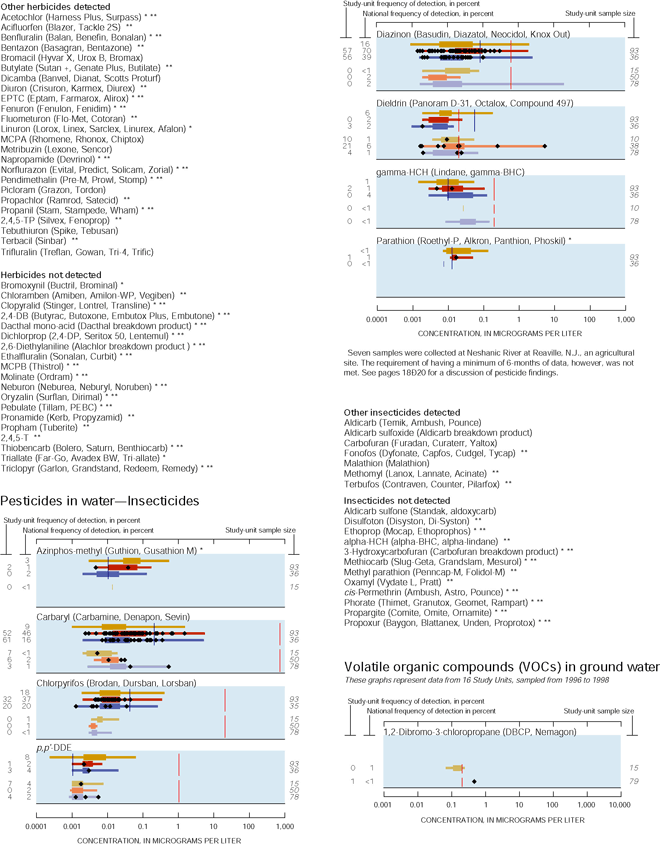 |
 |
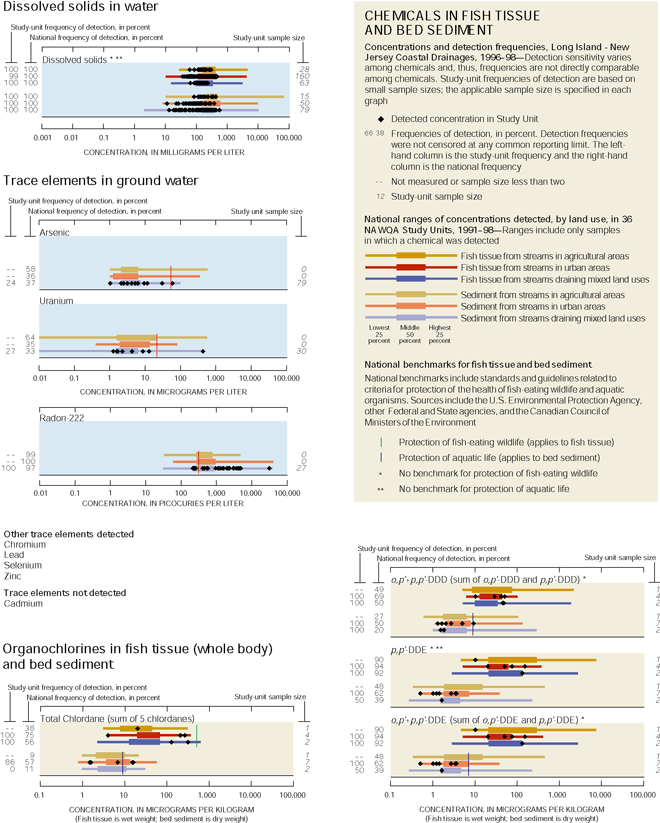 |
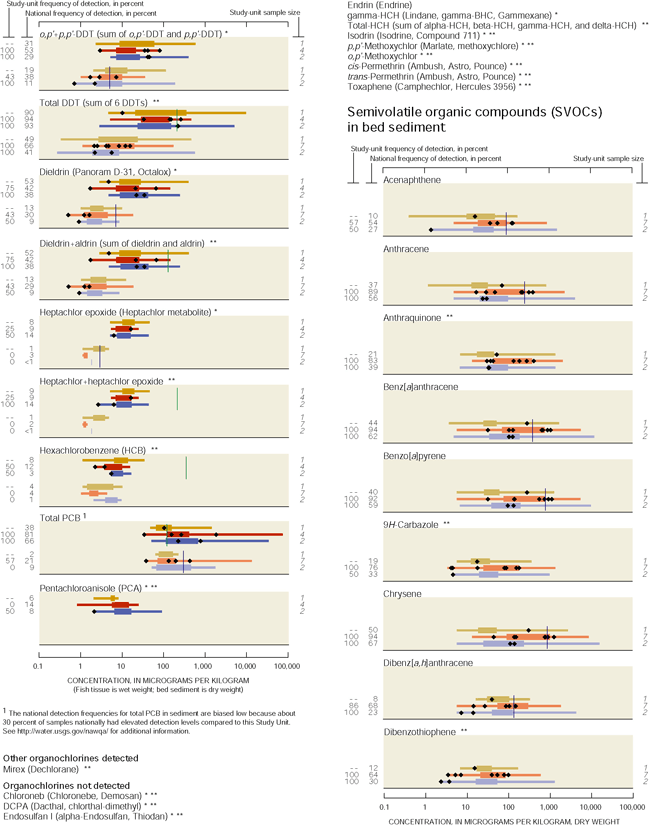 |
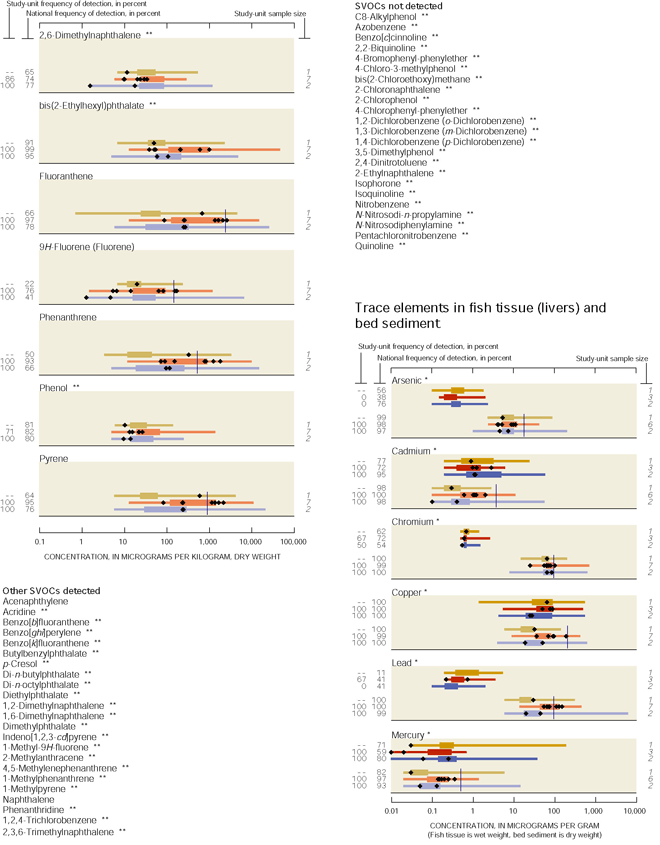 |
 |
| Table of Contents || Previous Section || Next Section || Glossary U.S. Geological Survey Circular 1201 Suggested citation:
|

